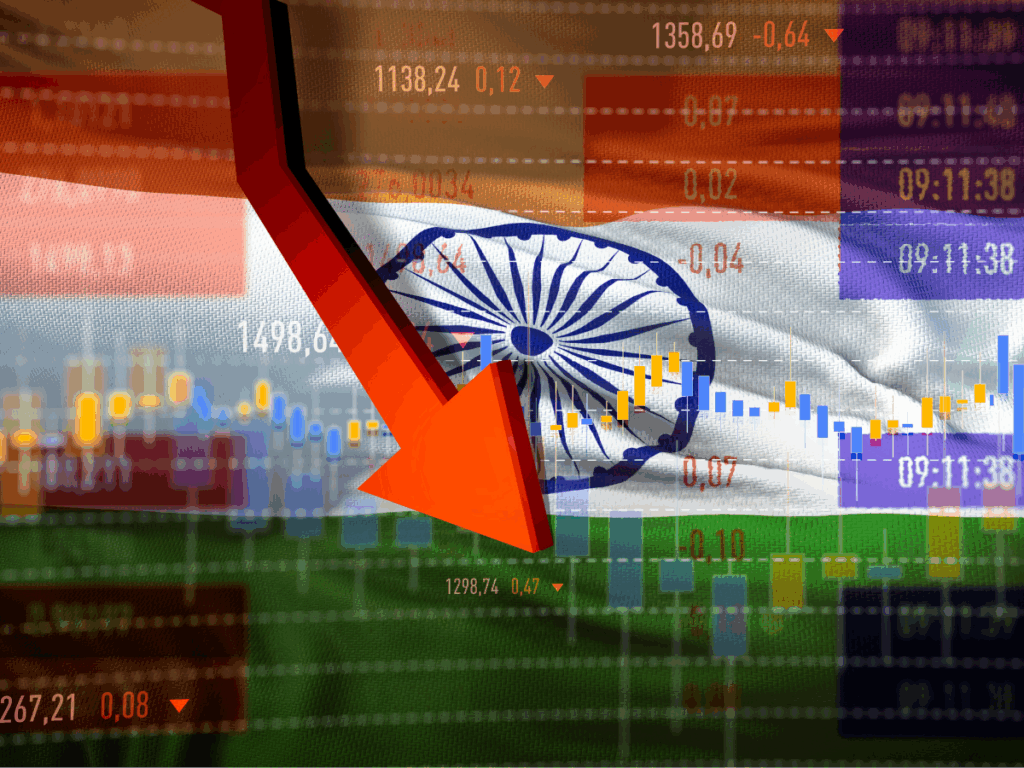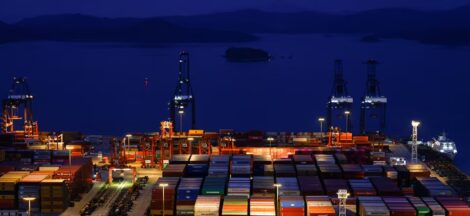NEW DELHI: The Iran-Israel tensions, escalated by the US bombing of Tehran’s nuclear installations may deliver additional external shocks to the India’s economy. Worse, the West Asian crisis comes at a time the economy was already facing a slowdown.
There are challenges on multiple fronts: from inflationary and fiscal pressures to a potential widening current account deficit. Capital inflows could turn volatile too.
A Goldman Sachs report on Sunday said that Brent could briefly peak at $110 a barrel if oil flows through the Strait of Hormuz were halved for a month and remain down by 10% for the following eleven months.
India is a net commodity importer, especially oil and fertilisers. India Ratings chief economist DK Pant said a prolonged Iran-Israel conflict will lead to slower global economic growth, trade and capital flows.
“Brent crude is approaching $80/bbl and if it remain at this level, it will impact India’s inflation and future direction of its monetary policy,” Pant said.
The first round (direct) impact of a 10% increase in the price of oil (including currency depreciation and higher freight cost) on Wholesale Price Index will be around 104bp. The impact on consumer price index will depend on how the government rejigs the duty structure and the extent of pass-through to the consumers, he said.
“A 10% increase in the price of crude and oil products (including currency movement and freight cost) if fully passed on to the consumers may lead to a 42bp increase in retail inflation,” Pant said. If oil remains higher than 80/bbl for a longer period, there may be some increase in fertiliser subsidy for FY26, he added. The fertiliser subsidy for 2025-26 is currently projected at Rs 1.67 lakh crore.
“From the growth perspective, if the conflict is short and there is limited impact on the shipping lanes, we expect the economic growth to be less impacted. For now, we continue to retain India’s growth at 6.2% for FY26,” CareEdge Ratings chief economist Rajani Sinha said.
From an inflation standpoint, the direct impact is likely to be contained, especially since domestic retail fuel prices are not expected to be changed. Generally, a $10 increase in average annual crude prices typically results in about 25 bps impact via both direct and indirect channels. However, with pump prices expected to remain unchanged, there should not be any direct impact.
“We expect CPI inflation to remain at comfortable levels in the near term, averaging around 4% in FY26. We also retain CAD at 0.9% of GDP provided, brent crude prices could follow the demand-supply dynamics in absence of a prolonged war,” Sinha said.
On the fiscal front, the risk of slippage in the fiscal deficit appears limited at present. However, if elevated crude oil prices persist over an extended period, the government may consider reducing excise duties on fuel and increasing fertiliser subsidies to cushion the impact on the people, she said. Such measures, while aimed at mitigating inflationary pressures, could require a careful balancing act to ensure adherence to the fiscal deficit target, she said.
“Global impact on countries will vary depending on the sourcing of oil and gas. India will be affected to a limited extent as we rely more on Russia. But currency fluctuations will be there for sure,” Bank of Baroda chief economist Madan Sabnavis said.
At these elevated crude oil prices, while the profitability of upstream players will remain healthy and their capex plans will remain intact, the marketing margins of downstream players will be impacted along with the expansion of LPG under-recoveries, rating agency ICRA said.
A $10/bbl increase in the average price of crude oil for the fiscal will typically push up net oil imports by ~$13-14 billion during the year, enlarging the CAD by 0.3% of GDP, ICRA said.
A sustained rise from the current levels would weigh on India Inc.’s profitability and the extended uncertainty may further delay private capex, which could result in a downward revision in ICRA’s GDP growth projections for H2FY26.
Possible closure of the Strait of Hormuz, triggered by the Iranian parliament’s approval of a bill in response to US strikes on Iranian nuclear facilities, would significantly impact global fertilizer trade. However, trade sources told FE that while India imports ammonia, a critical raw material used in the manufacturing of Diammonium Phosphate (DAP) from Gulf countries including Saudi Arabia, Kuwait and Bahrain, closure of key supply routes by Iran may push up transportation costs. “Iran conflict may push up the cost of fertilizer and transportation costs thus pushing up the government’s fertilizer subsidy bill,” trade sources told FE. Since the beginning of the year, due to the Red Sea crisis , ships are rerouted and take an additional 6500 km through the cape of Good Hope, South Africa thus taking an additional 14 – 45 days for the consignment to reach Kandla port pushing up the cost of transportation of fertilisers.
Source: Millennium Post



 Government ‘Confident’ Of Early-Phase Trade Deal With US By July 9
Government ‘Confident’ Of Early-Phase Trade Deal With US By July 9 